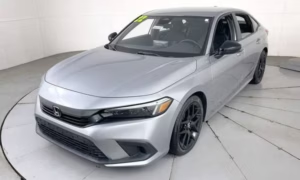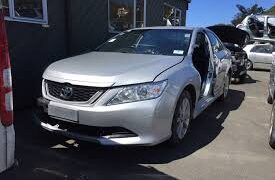The internet is a vast space with an abundance of content, and as the amount of content increases, so does the level of noise. The vast array of products and their unique variations, along with their distinct handling characteristics, can be quite overwhelming.
Researching a product online can be enjoyable, but the vast information available can make it difficult to sift through promptly. If you are reading this, you likely need durable brake lines and require them promptly. With that in mind, let’s explore why Brake lines are important and how to choose brake line tubing for your car.
Brake Tubing at a Glance
The most typical sizes for brake tubing in passenger vehicles are 3/16″ and 1/4″. The 6mm diameter is rarely seen. You’ll find 3/16″ and 1/4″ tubes in many automobiles. The rule of thumb for the tubing flow rate is that it will be higher if the tubing diameter is larger. Applications requiring larger diameter tubing, such as gasoline, gearbox, and cooling lines, often use 5/16″ and 3/8″.
Types of Brake Line Tubing
Standard steel tube for passenger vehicles is produced by rolling a copper-coated steel strip and furnishing it along the seam. When finished, the steel tubing will have two walls, doubling its strength. Bundy tubing, sometimes known as zinc-coated tubing, is used for this type of braking line.
Bundy tubing has been used in auto assembly lines for decades since it is durable and cheap. Unfortunately, current calcium chloride and ‘brine’ road salt mixes have been shown to erode steel brake line tubing over time; once the outer zinc coating is bleached, steel lines rust and corrode quickly, resulting in an expensive and necessary replacement.
In recent years, manufacturers have discovered that polyvinyl fluoride (PVF) coatings applied to plain steel lines significantly increase the material’s resistance to rust and give an additional layer of impact protection. It has been observed that PVF-coated brake tubing can survive up to 30 times longer than an uncoated steel line. This is because it has the strength of a steel line and rust and corrosion resistance qualities.
Stainless Steel Tubing
Another frequent brake line material is stainless steel tubing, typically used for high-performance or custom constructions. Stainless steel tubing is commonly extruded by pulling the metal over a die. Even though it resists rust and corrosion better than any other material, stainless steel brake tubing is notoriously difficult to form and flare.
Copper Nickel Brake Tubing
Copper-nickel brake line tubing is becoming standard practice among professional auto and bicycle fabricators. It is very resistant to heat, salt water, and acidic environments, making it a good choice for highway use.
Compared to other materials, copper nickel brake tubing also has exceptional weldability. This makes it an excellent choice for applications where durability is crucial, such as the braking systems of high-end automobiles. Brake systems that use copper-nickel tubing can save money in the long run because of how little upkeep is required to keep them working effectively.
Conclusion
Regarding the selection of brake line tubing for your car, it all boils down to size and material. There are indeed various types of brake line tubing available, whether you are to shop online or at a physical shop. If you want your car to top performance, do your due diligence before purchasing!



































